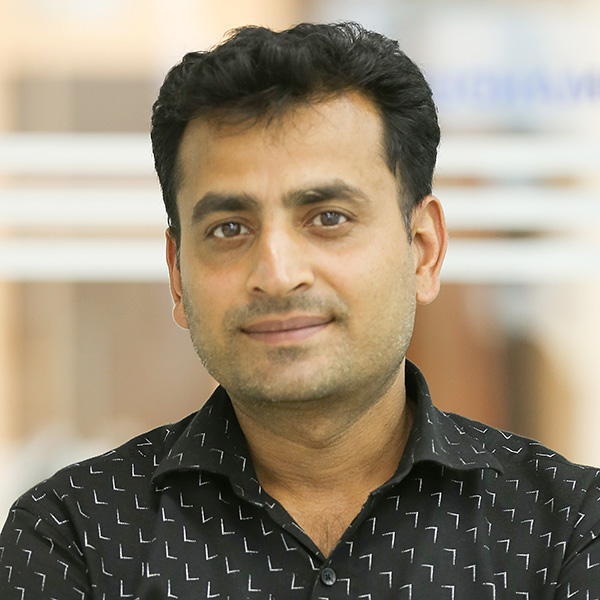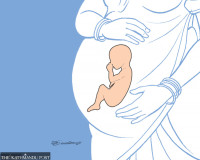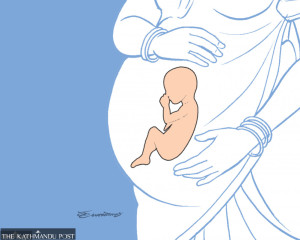Health
Teaching districts: A solution to Nepal's poor health access that failed to take off
With successive governments not paying heed, the concept floated around a decade ago, has been limited to papers.
Arjun Poudel
In November 2010, Professor JP Agrawal, who was then the executive director at the Institute of Medicine, gave a presentation on 'Health: Reaching the Unreached,' a 'teaching districts' concept introduced by BP Koirala Institute of Health Sciences in Dharan. The concept entailed academia working together with the existing health centres in the concerned district with a view of implementing constitutionally guaranteed right to health.
In his presentation, Agrawal, who is currently the dean of Institute of Medicine, had argued that other medical schools should emulate Dharan hospital.
The central teaching hospital in Dharan, district hospitals in the eastern region with their affiliated primary health centres and health posts, and the communities around constitute the basic units of the teaching district, read Agrawal's presentation.
Had that concept been implemented, Agrawal said health care services would have been more accessible to the people.
Today, most of the state-run health facilities across the country lack trained manpower, including doctors. People are deprived of basic health care services, cesarean delivery services, minor operation, lab services and others. Patients are either forced to travel to cities, spending a lot of money or stay at home deprived of medical care.
"Had the officials and the agencies concerned paid heed to the concept and legal provisions, we could have ensured health care services to all the people throughout the country," Agrawal told the Post. "Without spending any money, patients could get consultant services at their respective places."
As per the rule, academic institutions have to direct their education, research and service activities towards addressing priority health concerns of the community, region or nation.
According to Agrawal, all medical collages running postgraduate programmes are obligated to set up community learning centres in the places chosen by the government.
Postgraduate medical students have to stay in those community learning centres and serve in state-run health facilities at least for three months. Along with postgraduate students, their teachers would also stay in those centres to teach their students.
For that, they have to serve in the state-run health facilities.
"Perennial crisis of doctors could have been sorted out long ago had the government adopted the concept," said Agrawal.
The practice of academic institutions working together with health services is not new. Agrawal said it is practised by the United Kingdom, the United States of America, Australia, India and in other countries.
Agrawal had also proposed the solution to former health minister Gagan Kumar Thapa when the latter approached him asking for advice to end the perennial health manpower crisis.
Following his advice, the Ministry of Health, under Thapa's leadership, had forged an agreement with the representatives of medical colleges on conducting community learning services. As per the agreement, the ministry had pledged to provide
Rs 500,000 to each hospital to procure medical equipment for postgraduate students.
The plan, however, failed to materialise before it could be launched due to change in the government.
"Before something could happen, the government changed, and the succeeding minister did not implement the programme," Thapa told the Post.
Before Thapa became health minister, he said the community services of medical colleges and hospitals were limited to running health camps in rural areas every now and then.
"Under my initiative, the health ministry had made the provision that services provided by health camps cannot be counted as community services," Thapa said.
Thapa still believes that the concept of "teaching districts' is the only way to address the human resources gap in health facilities and to ensure people's right ot health.
There are 94 hospitals (district hospitals, provincial hospitals and central level hospitals), 20primary health care centres, 699 health posts, 3,104 sub-health posts and 293 ayurvedic health institutions in Nepal.
Every year, over 500 postgraduate students are being produced from different medical colleges. The government spends over Rs2 billion to produce the most qualified experts. As per the rules, all postgraduate students have to serve in the places designated by the Health Ministry, but most of the doctors, who studied under government scholarship, have been avoiding the services taking advantage of weak policies.
"Over 20 physicians have been serving under my department," said Agrawal. "If one physician serves for one month in a community learning centre, the same doctor has to wait for another 20 months to go there again."
Dr Arjun Karki, the former vice-chancellor of Patan Academy of Health Sciences, said the Health Ministry and academic institutions should coordinate to address the shortage of health professionals in the country.
"The Health Ministry is responsible for taking the initiative to address the problem," said Karki. "Such practices would benefit both medical students, colleges, people and state and the country ultimately."




 13.98°C Kathmandu
13.98°C Kathmandu














